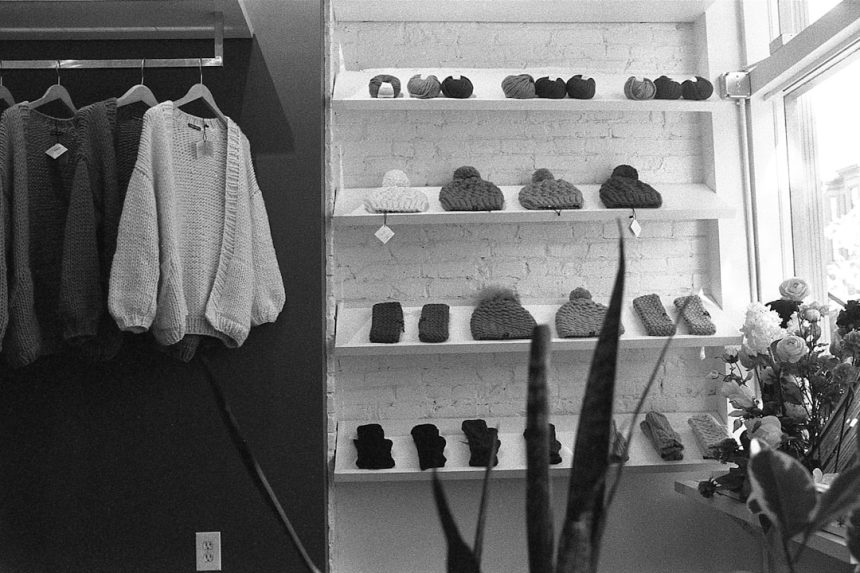Cleanroom environments demand the highest levels of contamination control, and a critical component of maintaining these standards is the use of cleanroom bunny suits. These full-body garments are designed to offer the ultimate protection for sensitive manufacturing or research spaces, such as those in pharmaceutical, semiconductor, biotechnology, and aerospace industries. While the term “bunny suit” might sound whimsical, the technology and purpose behind the suit are anything but.
In this article, we’ll delve into what cleanroom bunny suits are, why they are essential, the different types available, and how they help maintain ultra-clean environments.
What Exactly Is a Bunny Suit?
A “bunny suit” refers to a full-body garment that covers most, if not all, of the wearer’s body and is worn in controlled environments to prevent contamination. The suit includes:
- A hood to cover the head and hair
- A zip-up coverall or gown for the torso, legs, and arms
- Shoe covers or boots
- Face masks and gloves
These pieces work together to form a protective layer that prevents human-borne contaminants—like hair, skin cells, and microorganisms—from entering the cleanroom environment.
[ai-img]cleanroom, bunny suit, protective clothing[/ai-img]
Why Are Bunny Suits Needed?
Human beings are the greatest source of contamination in cleanrooms, shedding millions of particles each day just by moving. These particles can jeopardize precision manufacturing processes or compromise sensitive experiments.
Bunny suits minimize this risk by creating a barrier that contains these contaminants. In ultra-clean environments—classified by ISO standards based on particle count—wearing bunny suits is not optional; it is a critical standard operating procedure.
Types of Cleanroom Bunny Suits
There are different types of bunny suits designed to accommodate various cleanroom classifications and applications. They fall into two primary categories:
- Disposable Bunny Suits: Made from lightweight, synthetic materials like polypropylene or Tyvek, these are intended for one-time use or limited wear. They’re ideal for lower-class cleanrooms or for visitors.
- Reusable Bunny Suits: Constructed from more durable materials like polyester fabrics with carbon-filament threads, these can be laundered and sterilized multiple times. They are typically used in higher classification cleanrooms where contamination control is more stringent.
Suit designs can vary. Some include integrated hoods and boots, while others are modular. The design you choose will depend on the cleanroom environment and risk levels.
How Cleanroom Suits Are Tested
Cleanroom garments undergo strict testing to ensure they meet industry standards for particle shedding, filtration efficiency, and ease of sterilization. Common standards include:
- ISO 14644-1: Classifies cleanrooms according to the number of particles allowed per cubic meter.
- IEST-RP-CC003: Provides recommendations for garment cleanliness.
- ASTM F51: Evaluates particle emission from cleanroom garments.
Garments must maintain their integrity and cleanliness even after multiple uses and launderings, particularly for reusable suits.
[ai-img]testing, cleanroom garment, lab procedures[/ai-img]
Proper Use and Handling of Bunny Suits
Even the best bunny suit can’t do its job if it’s not worn or handled correctly. Proper gowning protocols are essential. Operators typically follow a step-by-step donning process in a gowning room to ensure no contamination is introduced during dressing.
Key practices include:
- Washing and sanitizing hands before gowning
- Donning garments from head to toe in a specific order
- Inspecting suits for tears or contaminants
- Removing garments carefully to avoid releasing particles
Training staff in proper gowning and degowning techniques helps preserve the cleanroom’s integrity and extends the life span of reusable suits.
Future Trends and Innovations
As technology and industry demands evolve, so do the materials and functionality of bunny suits. The future may see more smart textiles that monitor body temperature and humidity, or fabrics incorporating antimicrobial properties to further reduce contamination risk.
Another trend is the adoption of sustainable, recyclable materials that lessen the environmental impact of disposable PPE use, which is especially important in facilities with high turnover rates for garments.
Conclusion
Cleanroom bunny suits are more than just lab gear—they are a fundamental part of contamination control in precision industries. By understanding their purpose, variations, and correct usage, individuals working in cleanroom environments can help maintain impeccable standards and safeguard critical processes.
Whether you’re a technician in a pharmaceutical lab or a visitor about to enter a semiconductor fab, donning a bunny suit signifies your role in protecting some of the world’s most sensitive technologies from invisible threats.









